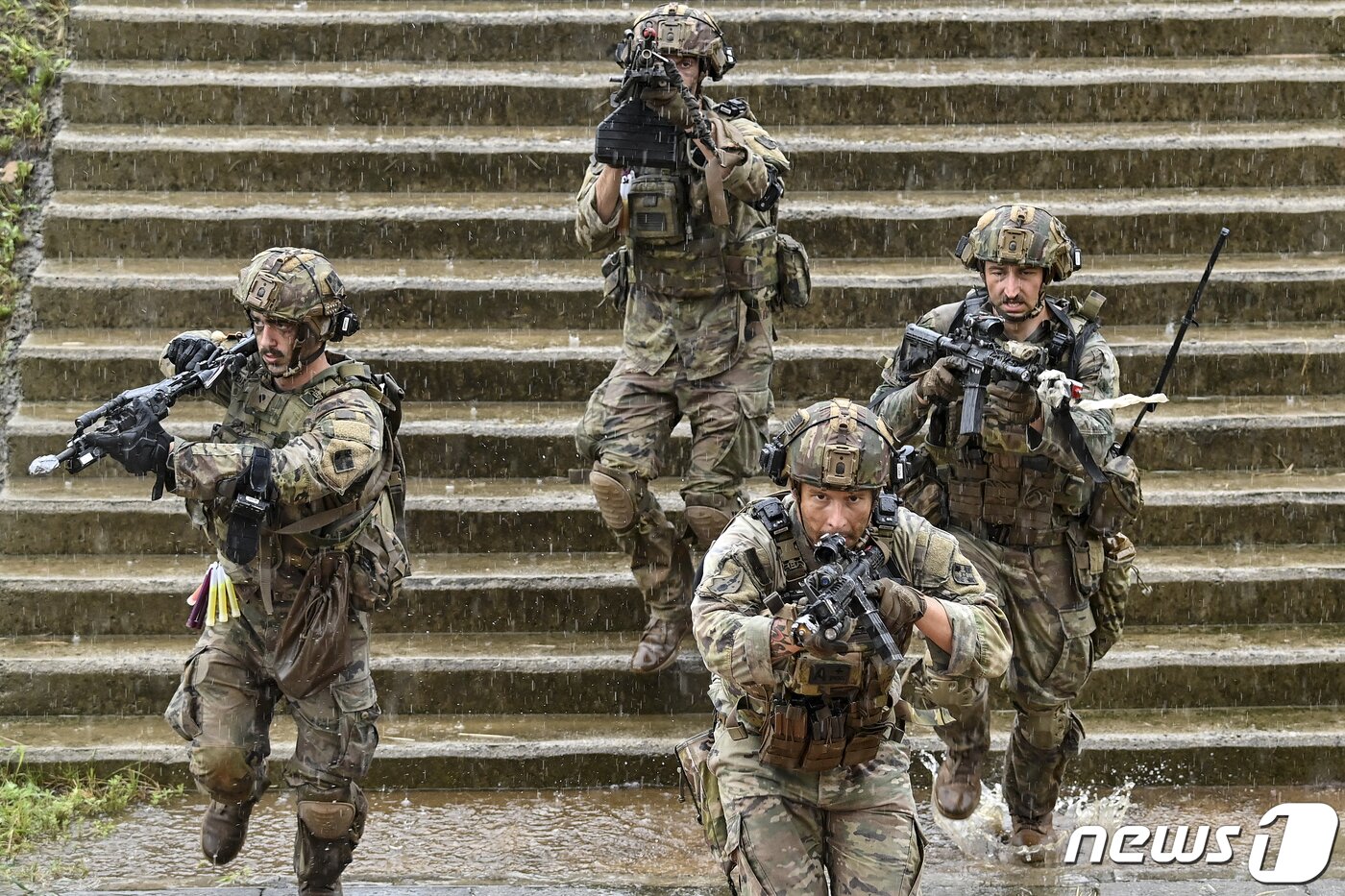
The South Korea-U.S. joint military exercise, Ulchi Freedom Shield (UFS), will begin on August 19. This year’s exercise will be notable for incorporating a scenario involving a North Korean nuclear attack for the first time.
According to the South Korean military, the 2024 UFS will span 11 days and be divided into two phases. The first phase, running from August 19 to 23, will coincide with a government exercise known as the Ulchi Exercise. The second phase, from August 26 to 29, will be conducted exclusively by the military.
Before UFS, a four-day pre-exercise called the Crisis Management Exercise (CMX) will be held from August 13 to 16.
The joint exercise will focus on developing responses to North Korea’s evolving nuclear and missile threats, as well as potential provocations involving drones and balloon-borne materials.
This year’s UFS will feature a nuclear attack scenario for the first time in both a joint government simulation and a military tabletop exercise (TTX). Various joint field training exercises (FTX) will be conducted, including the large-scale Ssangyong amphibious landing drill.

During the UFS period, U.S. strategic assets will be deployed to the Korean Peninsula, enabling joint training with South Korean forces. Multi-domain exercises linked to the Freedom Edge drill, which the U.S., South Korea, and Japan have agreed to regularize, could also occur.
South Korean and U.S. military authorities are closely monitoring the situation for possible provocations from North Korea during the UFS. North Korea has previously denounced such exercises as “invasion war drills.”
On May 16, North Korea warned of “catastrophic consequences,” characterizing the UFS as a “nuclear attack drill” in light of the current geopolitical situation and the nature of the exercise.

During last year’s UFS in August, North Korea carried out a “military command training” aimed at “subduing the entire southern region” on August 28, followed by tactical nuclear attack drills on August 30 and September 2.
This year, the heightened sensitivity surrounding the incorporation of a nuclear attack scenario into the UFS is expected to provoke North Korea’s response even further. According to Han Ki Bum, Chair Research Fellow at the Asan Institute for Policy Studies and a former North Korean analyst at the National Intelligence Service, North Korea is likely to react strongly to the UFS.
Han predicts that North Korea will showcase its weapon systems and conduct provocative missile tests to display its threat capabilities. Potential actions could include:
- Artillery and naval fire provocations along the Military Demarcation Line (MDL) and Northern Limit Line (NLL).
- Declaring a quasi-war state and threatening to encircle Guam with artillery fire.
- Testing intercontinental ballistic missiles (ICBMs) and submarine-launched ballistic missiles (SLBMs).
- Conducting a seventh nuclear test.
